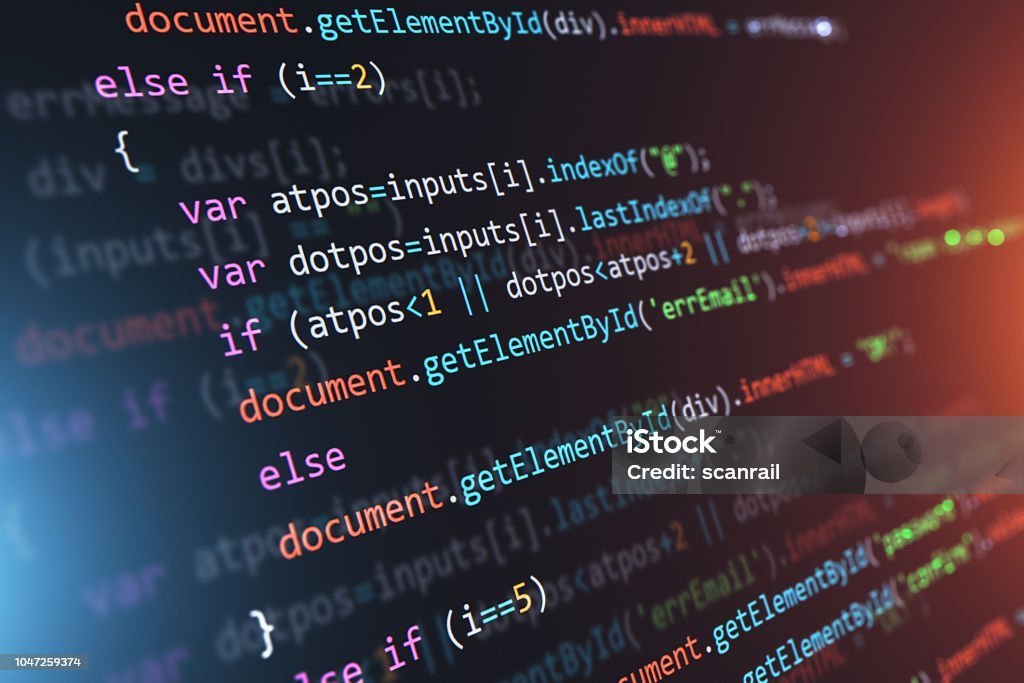AppBlock, developed by MobileSoft, is one of the most popular productivity apps designed to help users limit distractions by blocking selected apps and notifications. As with many Android apps, AppBlock uses internal storage and cache mechanisms to deliver fast, efficient performance. However, some tech-savvy users and developers have stumbled upon a curious file path:content://cz.mobilesoft.appblock.fileprovider/cache/blank.html
What is this file? Is it a sign of spyware, a debugging leftover, or just a harmless placeholder? To answer that, we must first understand the underlying architecture.
What is FileProvider in Android?
FileProvider is an Android content provider that facilitates secure sharing of app-private files with other apps. Rather than using direct file paths/data/data/..., apps expose file references through content URIs (content://). This not only improves security but also aligns with scoped storage practices introduced in recent Android versions.
In essence, FileProvider acts as a gatekeeper. It’s the middleman between an app’s private file storage and the external systems that need temporary access to its data.
Understanding the Path: content://cz.mobilesoft.appblock.fileprovider/cache/blank.html
This URI can be broken down as follows:
-
content://– the URI scheme used for accessing content providers. -
cz.mobilesoft.appblock.fileprovider– the authority registered by AppBlock for exposing files. -
/cache/blank.html– the internal path within the app’s cache directory.
This is likely referencing a temporary or dynamically generated HTML file, perhaps intended for internal rendering in a WebView or as a redirect placeholder.
Why Is blank.html Created?
Apps often rely on it blank.html as a lightweight file for:
-
WebView initializations.
-
Pre-loading scripts without content.
-
Fallback pages when there’s no internet.
In AppBlock’s context, it might be used to isolate or intercept web content, disable ads, or create a neutral browser canvas during block sessions.
Is blank.html a Bug or a Feature?
This is where things get a little murky. Some developers intentionally created blank.html as a resource for clean loads. However, users who find this file repeatedly being generated—especially if AppBlock is not actively used—might suspect privacy concerns.
Chances are, this file is harmless and used to improve performance or UX. Still, without transparency in AppBlock’s documentation, speculation remains.
Security Implications of FileProvider URLs
FileProviders are secure—if implemented correctly. However, if a FileProvider is misconfigured (e.g. if permissions are too loose), external apps could access sensitive data. While blank.html is unlikely to contain personal data, and sloppy file handling might expose other files.
App developers must:
-
Declare FileProvider paths clearly in
AndroidManifest.xml. -
Enforce file access through proper URI permissions.
-
Avoid leaking file paths through logs or API responses.
How AppBlock Uses HTML Caching
Apps that use HTML-based UIs or WebViews often cache HTML for offline use or faster loads. blank.html might be a base file used repeatedly when the app loads WebViews or if the user blocks access to internet content.
HTML caching helps in:
-
Reducing load times.
-
Providing fallback UIs.
-
Preserving state between sessions.
Impact of Cache Files on Android Storage
While a single HTML file is small, repeated caching without cleanup could accumulate. If AppBlock’s cache/ directory isn’t purged periodically, users might notice bloated storage over time. Android offers mechanisms to clear the cache automatically, but some files persist until uninstallation.
How to Locate FileProvider Cache in Your Device
For non-rooted users:
-
Use apps like File Manager+, X-plore, or SD Maid.
-
Navigate to
Android/data/cz.mobilesoft.appblock/cache/
For rooted users:
-
Use Root Explorer or ADB shell:
Note: Accessing content:// URIs directly require programming or intent-handling via a custom app or terminal.
Can You Delete blank.html?
Yes—technically. But:
-
If AppBlock recreates it automatically, deletion is temporary.
-
Deleting while the app is running might cause crashes or errors.
-
Do not delete without backing up the original file if you’re unsure.
Tools to Explore FileProvider URIs
-
Activity Launcher – to access intent-based activities.
-
ML Manager / App Inspector – for viewing manifest data.
-
Logcat – to monitor how and when
blank.htmlis accessed.
Use logcat | grep "blank.html" to trace live activity.
User Concerns: Is AppBlock Tracking Me?
No evidence is used for tracking. It contains no dynamic script, user data, or identifiers. That said, it’s always wise to:
-
Review app permissions.
-
Use firewalls like NetGuard.
-
Monitor network traffic for suspicious behavior.
Caching Strategies in Android Development
Modern apps use:
-
DiskLruCache
-
Room for structured cache
-
Retrofit cache mechanisms for API calls
Using static HTML is a legacy method or used for simplicity in content rendering without server calls.
Understanding content:// URIs
content:// URIs abstract away direct file access, enabling safer file sharing. Apps declare them in the manifest using <provider> tags and control access with permissions.
How to Clear AppBlock Cache Safely
Steps:
-
Go to
Settings > Apps > AppBlock > Storage. -
Tap Clear Cache.
-
Restart the app.
This will delete blank.html similar temporary files.
Developer Viewpoint: Purpose of blank.html in Codebase
Most likely scenarios:
-
Used as a fallback in WebViews.
-
Acts as a “neutral” page to comply with Android’s security policies.
-
Used in
loadDataWithBaseURL()method to inject scripts.
blank.html and WebView Usage in Apps
Android’s WebView requires a base URL for security. Developers often use it blank.html to load scripts or sandbox content. This avoids mixed content warnings or file-not-found errors.
Do Other Apps Use blank.html?
Yes. Google apps, VPNs, ad blockers, and parental controls often rely on static HTML for placeholder rendering or initialization.
How to Monitor FileProvider Activity
Use adb logcat with tags:
Or monitor with tools like MatLog or Logcat Reader.
Preventing AppBlock from Creating blank.html Again
Unless you’re modifying the APK:
-
Block storage access with the permissions manager.
-
Disable app background activity.
-
Use apps like Greenify to hibernate AppBlock.
Best Practices for HTML Caching in Secure Apps
-
Encrypt cached HTML if sensitive.
-
Use volatile storage when needed.
-
Always clean up after session termination.
Exploring AppBlock’s Manifest File (APK Disassembly)
Use APKTool or JADX:
Look for the <provider> tag:
Blank HTML: Placeholder or Privacy Guard?
Another theory suggests that blank.html is intentionally used to block web content. By redirecting to a blank page, AppBlock avoids serving any real web data when a site is blacklisted.
How AppBlock Handles Temporary Data
Temporary data is stored in cache/, temp/, or databases/. It should be cleared:
-
On restart.
-
After blocking session ends.
-
If user clears data.
Testing AppBlock in Sandboxed Environments
Use:
-
Android emulators with AVD.
-
VirtualXposed or Island apps.
-
Network sniffers like Wireshark or Fiddler to monitor behavior.
Decompiling AppBlock for Educational Insight
Only for legal educational purposes:
-
Use JADX or Ghidra.
-
Look for file operations and WebView calls in Java code.
-
Examine how
blank.htmlis referenced.
Using ADB to Interact with FileProvider Paths
Command:
Note: May fail if app doesn’t expose readable URIs.
Risks of Modifying App Data Directly
-
App crashes.
-
Data corruption.
-
Violates TOS and may void warranties.
How Developers Can Improve File Transparency
-
Add file comments.
-
Use readable file names.
-
Notify users of file purpose in settings or documentation.
Also Read: Sweat Resistant Bolo Ties
FAQs
What is content cz mobilesoft appblock fileprovider cache blank.html?
It’s a temporary HTML file used internally by the AppBlock app, likely for WebView or placeholder purposes.
Is blank.html dangerous?
No. It’s a benign, static file unless modified by malicious software.
Can I delete blank.html safely?
Yes, but it may be regenerated. Deleting it causes no harm.
Why does this file reappear after deletion?
AppBlock probably auto-generates it when initializing UI components.
Does blank.html store personal data?
Unlikely. It is usually a static, empty HTML file.
Is AppBlock tracking me through this file?
No evidence suggests tracking is involved via this file.
Conclusion
The Mysterious content://cz.mobilesoft.appblock.fileprovider/cache/blank.html is a textbook example of misunderstood yet harmless app behavior. While its purpose might be obscure to casual users, it represents a practical, even clever, use of Android’s FileProvider and caching mechanisms. Whether you’re a developer, power user, or privacy enthusiast, understanding how such files function demystifies the inner workings of your favorite apps—and helps you take control of your digital experience.


